Roman blinds, or as they are also called, Roman blinds can be seen in almost any home. This type of window decoration has a number of advantages and disadvantages, but it looks very attractive and modern. Roman blinds are quite expensive in stores, but every family can get this type of decoration. Using simple recommendations, it is easy to make a device for closing curtains yourself.
- Roman blinds
- Choice of fabric
- Synthetic fabrics for roman blinds
- Fabric consumption
- Additional materials and tools
- Step by step instructions
- Measurements and cutting of fabric
- Calculation of folds
- Processing of side edges
- Gluing the top of the fabric to the cornice
- Fastening the curtain
- Roman blinds for wide windows
- Useful tips and possible difficulties
Roman blinds
Roman blinds are a fashionable and functional device used to decorate and cover window openings. The device is semi-mechanical, since with the help of a mechanism with a weight, you can easily pull the textile fabric to the upper part of the frame.
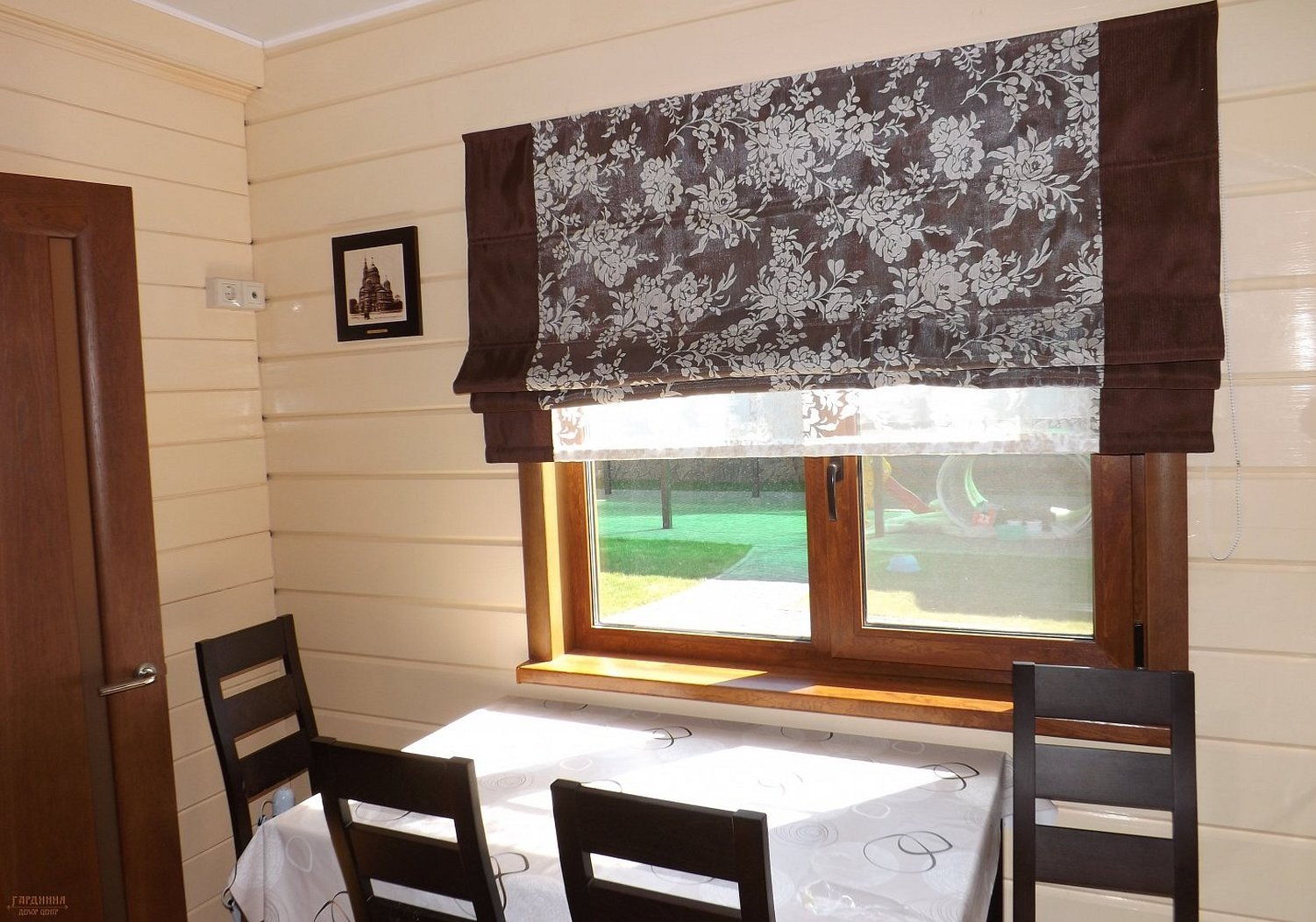
To determine the design features and functionality, it is worth paying attention to the pros and cons of the curtain:
- Universal appearance - you can choose an option for any interior style.
- Pairs perfectly with lambrequins, curtains and drapes.
- The lifting/lowering mechanism is quite simple to use.
- Compactness - you can choose a product of any size for windows of different shapes.
- Versatility. Can be made from any fabric.
- Any fastening. The base of the Roman blind can be fixed to the ceiling, window, or wall.
The negative aspect can be problematic access to the frame and opening. Sometimes it takes a lot of time to open/close the curtains. The shapes of the folds after use can be unsightly, which leads to the need for manual arrangement.
Choice of fabric
To make Roman blinds yourself, you should initially choose the right fabric. There are many options for color, print, density, composition, manufacturing principle and price. You can easily cope with the choice if you take into account several nuances:
- The degree of shading that should be chosen in accordance with the illumination of the windows. If the windows face the sunny side, then the ideal option would be fabric with a Black out effect. For rooms with normal lighting, translucent fabrics are suitable. Dark rooms are best furnished with curtains made of the thinnest and most transparent fabric.
- Much depends on where the curtain will be placed in the future. In technical rooms, you can use canvases made of cheap textiles or with an oilcloth coating. For bedrooms and hallways, textile bases made of expensive and natural fibers are the ideal option.
- Synthetic fabrics for Roman blinds are a separate category of material that is used for some categories of products.
Please note! When choosing materials for bathrooms, it is worth paying attention to options with special impregnations of the fabric base.
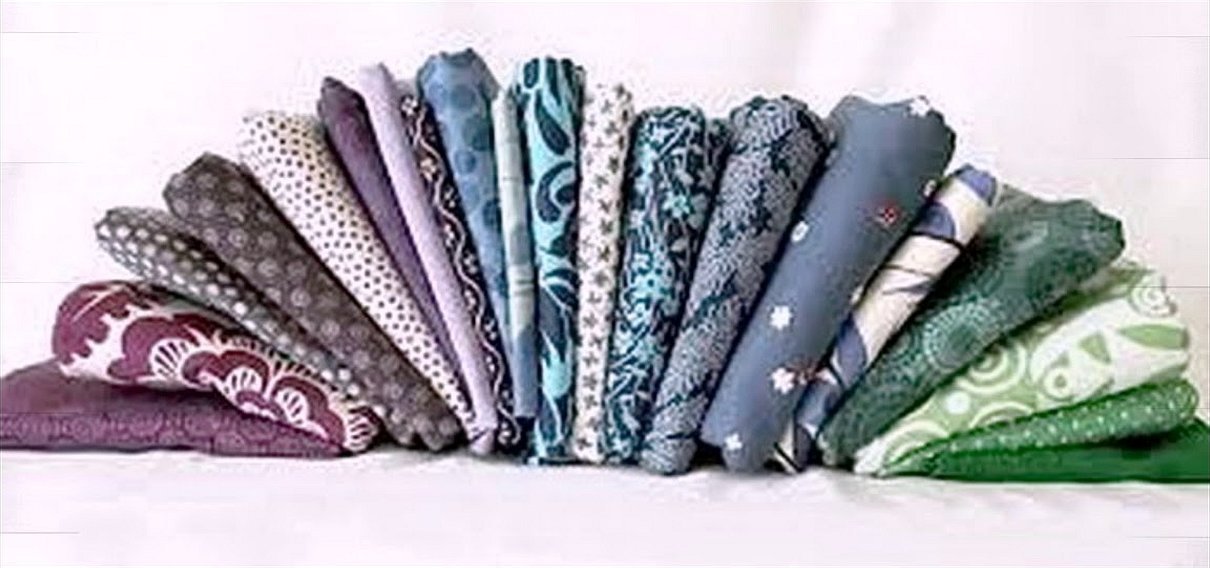
The color and prints should match the color scheme of the room's interior. The sizes of the canvases are also selected individually.
Synthetic fabrics for roman blinds
Most often, synthetic fabrics for Roman blinds are used to decorate kitchen windows. Such material can be replaced if necessary, and it will not be too expensive. It is much easier to wash and clean various types of dirt from synthetic fabric than from a natural base.
Fabric consumption
An important step is not only the choice of fabric, but also the exact determination of the required quantity. To calculate the fabric consumption for making a Roman blind, you need to decide on the following nuances:
- What method and how will the device be attached to the window?
- Take into account the parameters of the window opening.
- How many folds will be formed when open.
- What design and shape will be used for cooking.
Additional information! You need to add 5-6 cm to each parameter of the fabric, which will go towards processing the edges of the curtain.
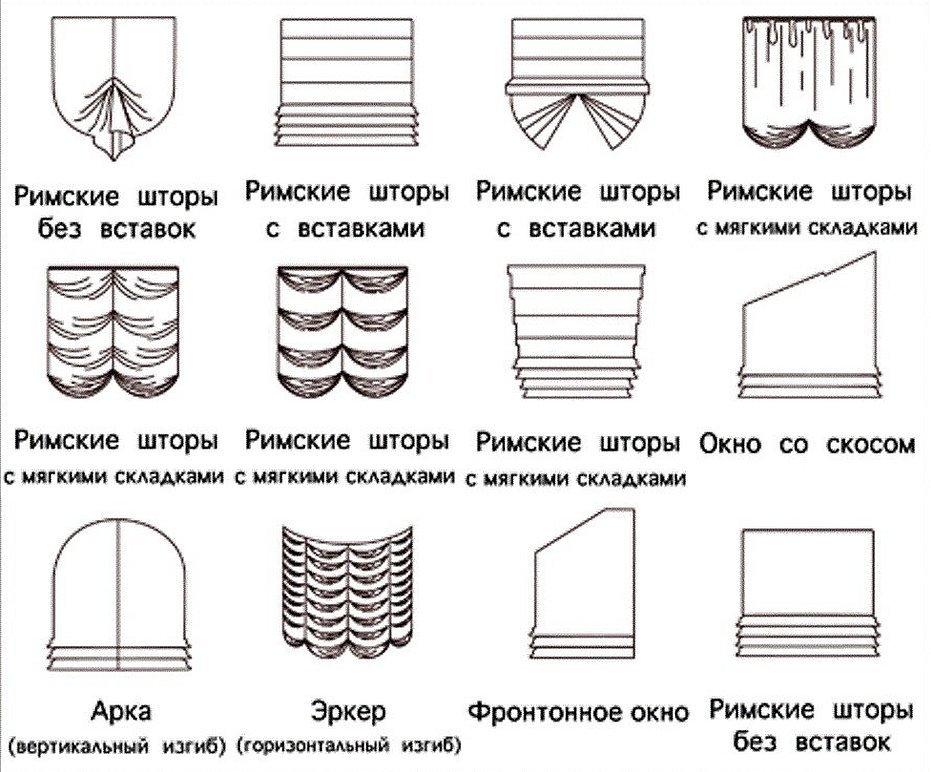
After this, you need to carefully write down all the parameters, prepare a sketch of the future product. Then transfer the numerical data to the pattern and determine the footage of the material.
Additional materials and tools
To use the master class on making a Roman blind, it is not enough to choose only the material. Additionally, you will need:
- Velcro tape;
- 7-8 metal or wooden pins;
- plastic rings with a radius of 5-6 mm;
- nylon cord;
- old blinds;
- weighted bar;
- small nails, screws, hooks on a screw leg.
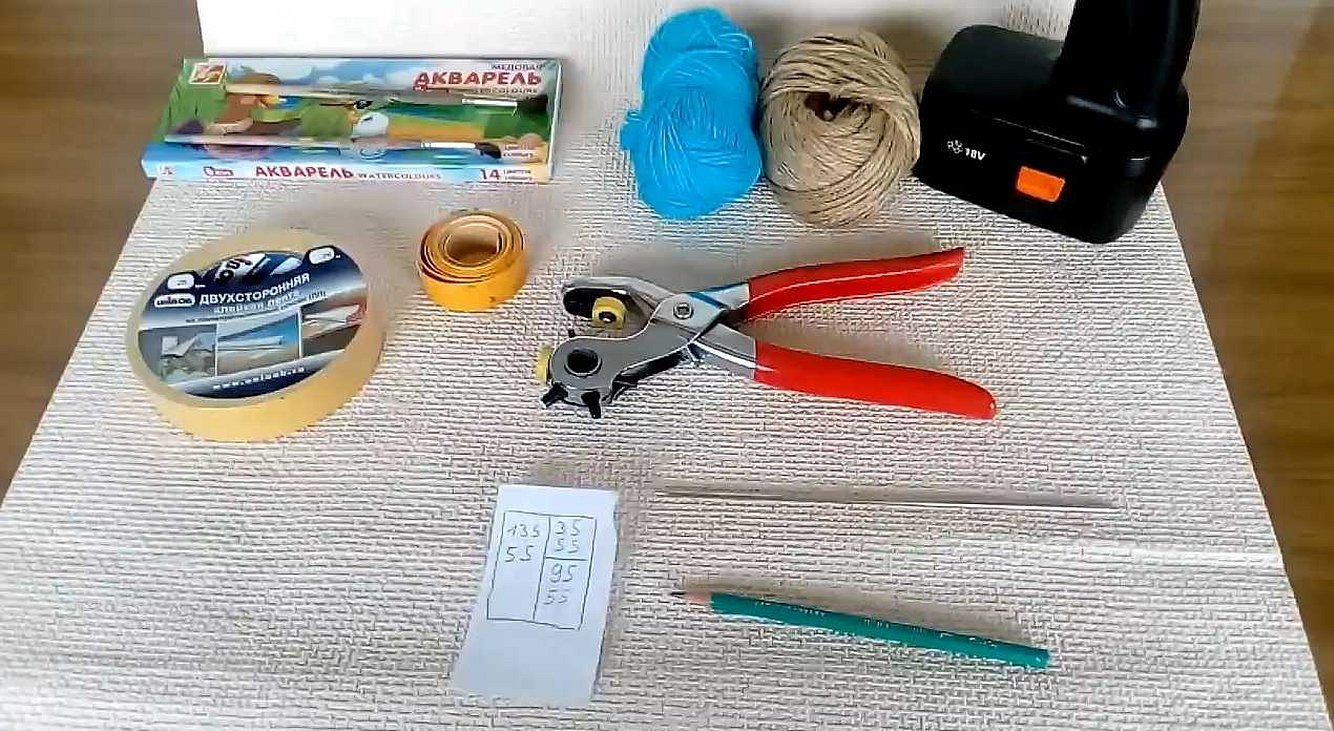
You will also need the appropriate tools: scissors, glue gun, needle and thread, hammer, pliers, iron.
Step by step instructions
To understand how to sew a Roman blind yourself, it is worth dividing the process into several stages. Each stage has its own instructions. If you repeat everything exactly according to the recommendations, you will get a complete and neat product.

Measurements and cutting of fabric
To prepare the correct pattern from the fabric, you need to transfer the parameters of the window and the model of the device to the fabric.
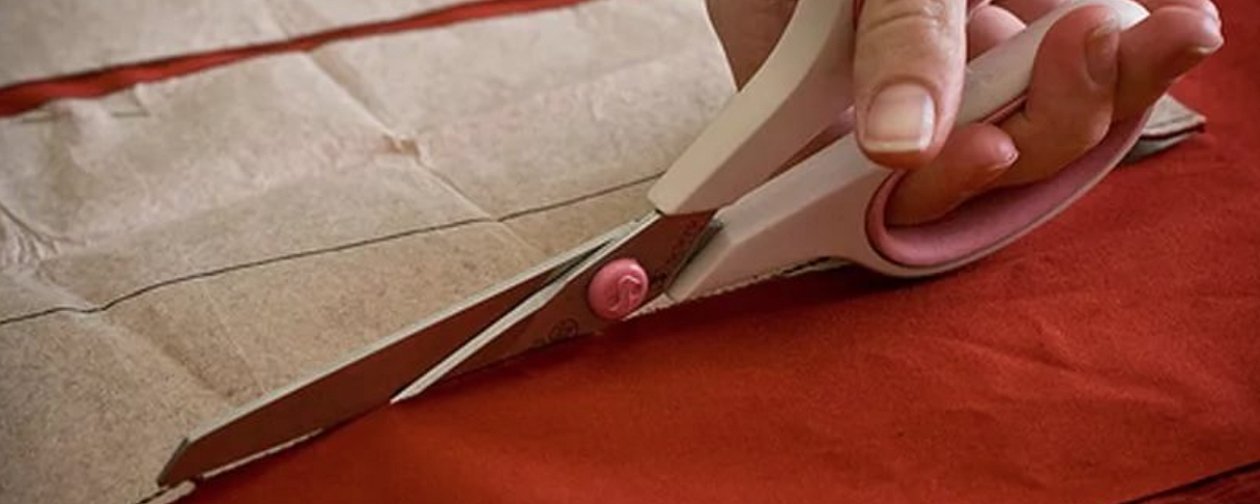
To ensure that the parameters of the workpiece do not affect the appearance of the finished product, you need to calculate the folds before the final cutting.
Calculation of folds
Calculating the number of folds, which also affect the formation of the pattern, can be problematic. Approximate calculation scheme:

Conventionally, it is necessary to mark lines on the canvas for forming folds. The distance between them should be the same. If this is done correctly, then sewing will be simple, and the appearance of the product will be attractive and neat.
Processing of side edges
To accurately determine how to sew a Roman blind correctly, you need to perform high-quality processing of all parts of the product, including the edges. The principle of edge processing:
- Mark the places where the fold should be formed.
- Turn the edges over and glue with tape, ironing the folds.
- Make holes in the marked places where the rings need to be inserted.
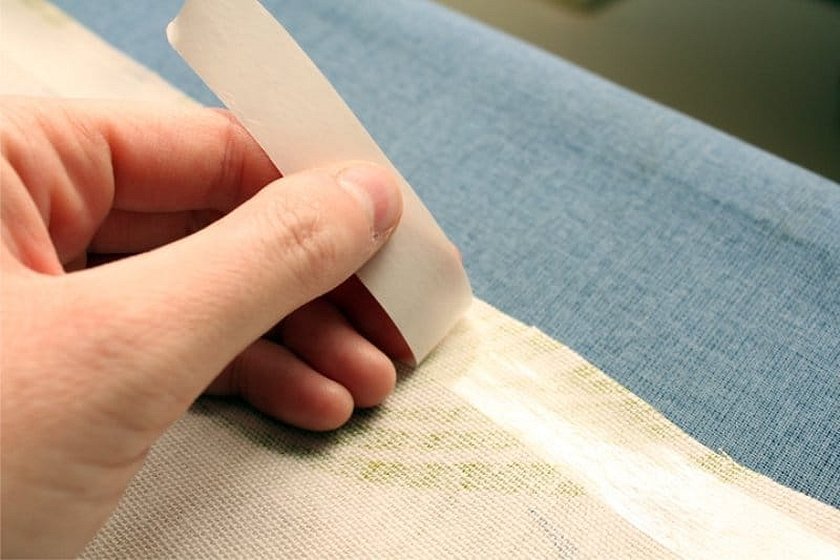
You can stitch the edges on a sewing machine or use double-sided tape. The processing option depends on how much and where the device will be used.
Gluing the top of the fabric to the cornice
You can glue the top of the fabric to the cornice of old blinds or a strip in the following order:
- Apply glue to the cornice using a glue gun.
- Apply the textile to the coated part.
- Press the textile onto the base and wait.

A special textile glue can be used as an adhesive.
Fastening the curtain
When the canvas is already glued to the base, you can continue to secure all parts of the product. Step-by-step instructions:
- Nylon laces need to be pulled through the holes near the side cuts, which in turn are glued (tied) to the base. And from below to the weighting bar.
- At the level of the Nylon Cord Fastening, the canvas is glued to the planks. This is how the folds are formed.
- The bottom of the canvas also needs to be glued to the weighting bar.
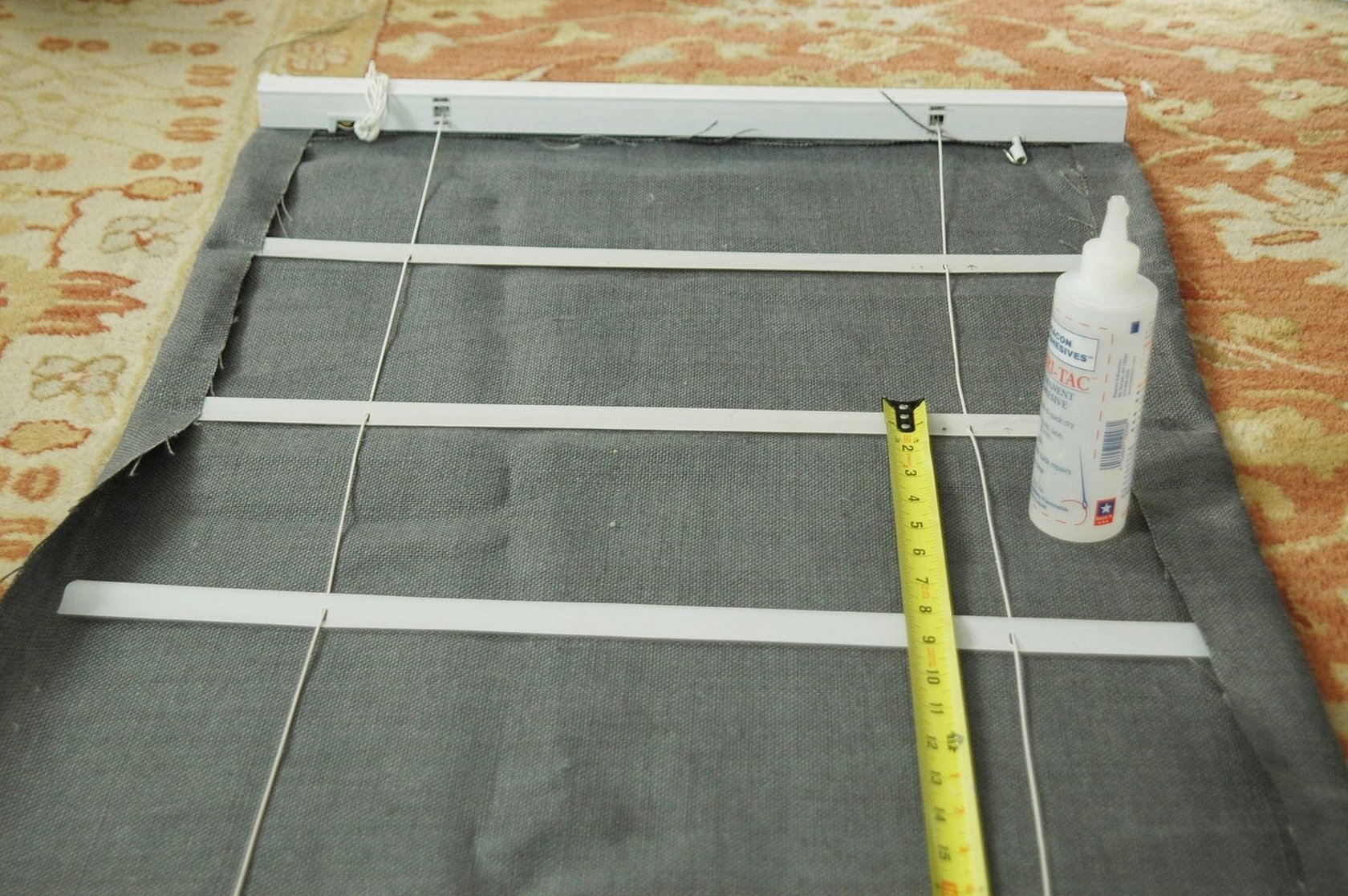
The finished product can be attached to the wall above the window, to the window frame, or to the top of the frame opening.
Roman blinds for wide windows
A simple curtain will not be able to decorate a wide window. In this case, the ideal option would be a Roman blind consisting of several parts. There are two simple options for such a design.
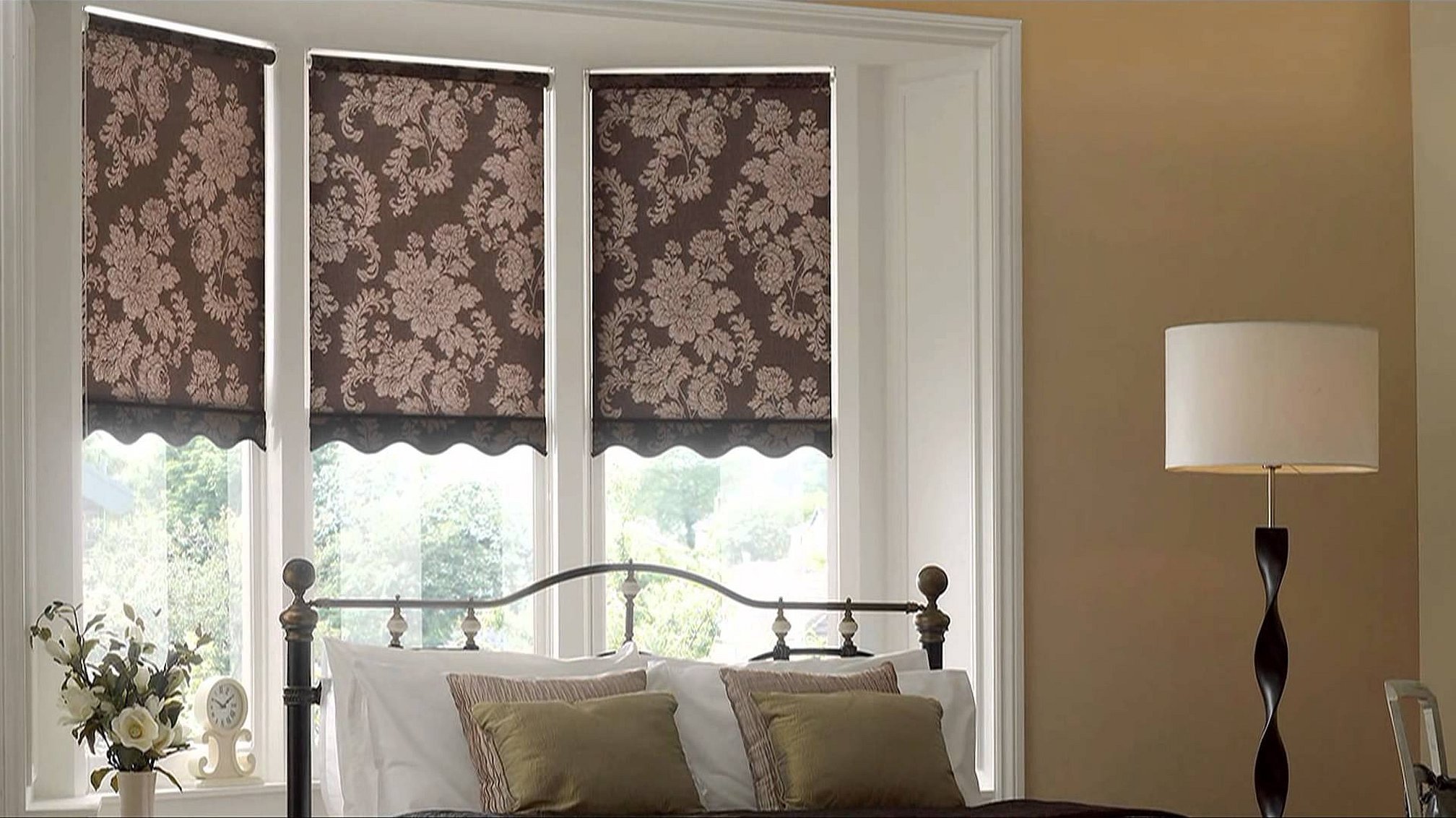
The "skeleton" can be 1 first, but several canvases are attached to it. In this case, each part will be completely autonomous from the others. Or you can make separate structures that will be attached at one level.
Useful tips and possible difficulties
The master class does not always help in the process of making such a version of the mechanism. In any case, problems and nuances may arise. Some recommendations:
- It is usually difficult to calculate the required length of fabric for sewing a certain type of product. To avoid this, you need to check all the data several times.
- To avoid making a frame from planks, you can use broken old blinds as a base.
- To ensure the base is smooth, you need to work on a flat surface.
- It is necessary to check the fabric for shrinkage after washing. It is advisable to conduct a test.
Important! It is advisable to take into account all the nuances before cutting the fabric.
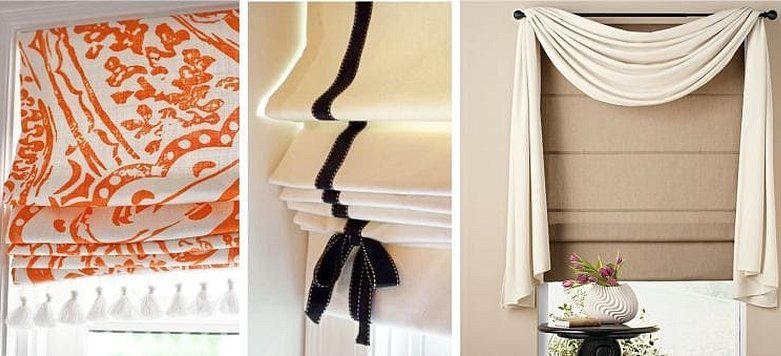
The interior of the room can be decorated with new Roman blinds, using the simplest and most accessible tools, materials. The manufacturing principle is absolutely simple, each stage is not difficult. Some problems may arise with the calculation of fabric and the formation of folds.




